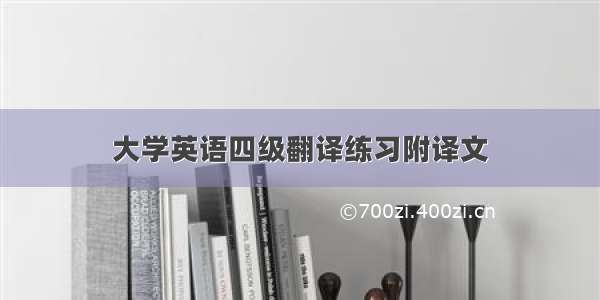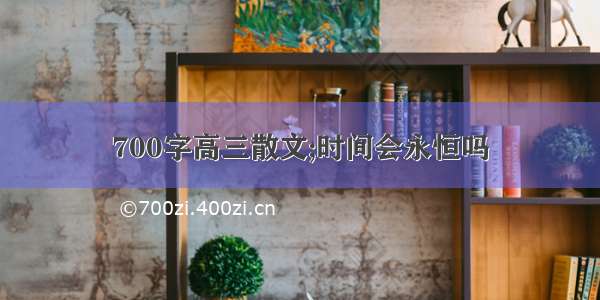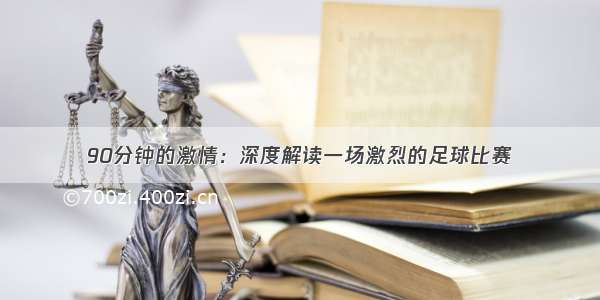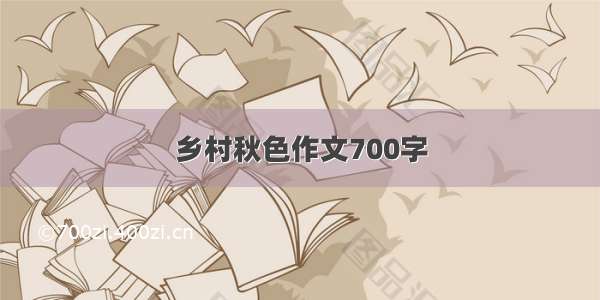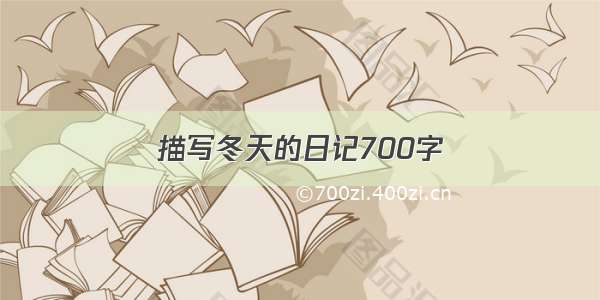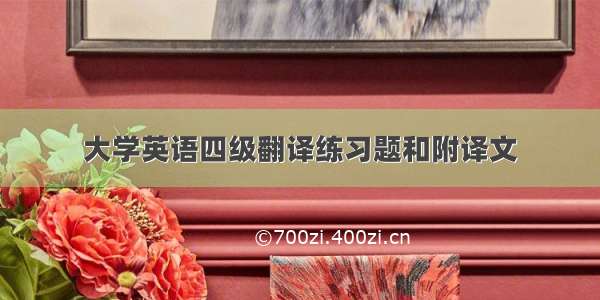
下面是学习啦小编整理的大学英语四级翻译练习题和附译文,希望对大家有帮助。
大学英语四级翻译练习题和附译文:
京剧被誉为“东方歌剧”, 是地道的中国国粹。它起源于中国多种古老的地方戏剧,特别是南方的“徽班”。到了19世纪末,京剧形成并成为中国最大的戏曲剧种。京剧是综合性表演艺术,集唱(歌唱)、念(念白)、做(表演)、打(武)、舞(舞蹈)为一体,通过程式化的表演手段,叙述故事,刻画人物。角色主要分生(男性)、旦(女性)、净(男性)、丑(男性女性皆有)四大行当。
hinese Beijing Opera Praised as “Oriental Opera”, Beijing Opera is a genuine national quintessence of China. It originated from many kinds of ancient local operas, especially huiban in southern China. At the end of the 19th Century, Beijing Opera evolved and took shape, becoming the greatest kind of opera in China. Beijing Opera is a blend of performing arts---song, speech, performance, acrobatix fighting and dance. Beijing Opera portrays and narrates the plot and characters through stylized acting. The main types of roles in Beijing Opera are sheng(male), dan (young female), jing (painted face, male), and chou( clown, male or female).
大学英语四级翻译练习题和附译文:
笔墨纸砚是中国古代文人书房当中必备的宝贝,被称为“文房四宝”。用笔墨书写绘画在中国可追溯到五千年前。秦时已用不同硬度的毛和竹管制笔;汉代以人工制墨替代了天然墨;有了纸张以后,简牍锦帛逐失其用;砚台则随笔墨的使用而发展。 “文房四宝”到宋朝以后特指湖笔、徽墨、宣纸、端砚。可以说文房四宝书写了整个中华文明。
The Four Treasures of the Study The writing brush, ink stick, ink stone, and paper were requisite treasures in the study of the scholars of ancient China, and they are often referred to as the “Four Treasures of the Study.” The writing brush and ink stick have been used by the Chinese to write and paint since 5,000 years ago. In the Qin Dynasty (221BC---206BC), people already used feathers of different hardness and bamboo trunks to make brushes. During the Han Dynasty (206BC-220AD), man-made ink was used instead of natural ink. After paper was invented by the Chinese, bamboo slips, wooden tablets, brocade and silk, which originally functioned as writing surfaces, gradually faded out. The ink stone was first developed with the use of writing brushes and ink. After the Song Dynasty (960AD---1279AD), the “Four Treasure of the Study” particularly referred to hubi, the writing brush produced in Huzhou, Zhejiang province; huimo, the ink stick produced in Huizhou, Anhui province; xuan paper, a kind of paper produced in Xuanzhou, Anhui province; and duanyan, the ink stone made in Zhaoqing, Guangdong province (Zhaoqing was earlier called Duanzhou). Indeed, the Four Treasures of the Study” have writtin the whole Chinese civilization, as it is.
大学英语四级翻译练习题和附译文:
中国园林是把人造的山水、植物、建筑等与自然地貌有机结合的环境艺术,是我国古代建筑艺术的珍宝。其建造原则是“妙极自然,宛自天开”。游赏中国古典园林,能充分领略“假自然之景,创山水真趣”的园林意境。在世界三大园林体系中,中国园林历史悠久、内涵丰富,被誉为世界造园史上的渊源之一。
The Chinese classical garden
The Chinese classical garden is a precious treasure of our ancient Chinese architecture. It is a kind of environment art, which systematically combines artificial mountains and rivers, plants and buildings with the natural landscape. The construction standard of a Chinese classical garden is “artificial as it is, the garden must look ingenious and natural.” When you go sightseeing in a Chinese classical garden, you should be able to appreciate its artistic concept which “makes use of the natural landscape to create the real fun of mountains and rivers for viewers.” Of the world’s three major garden systems, the Chinese classical garden is hailed as one of the origins of the world’s garden due to its long history and abundant connotations.

